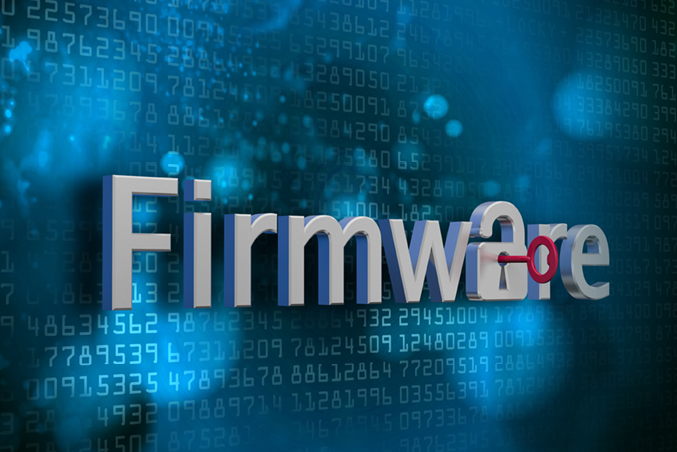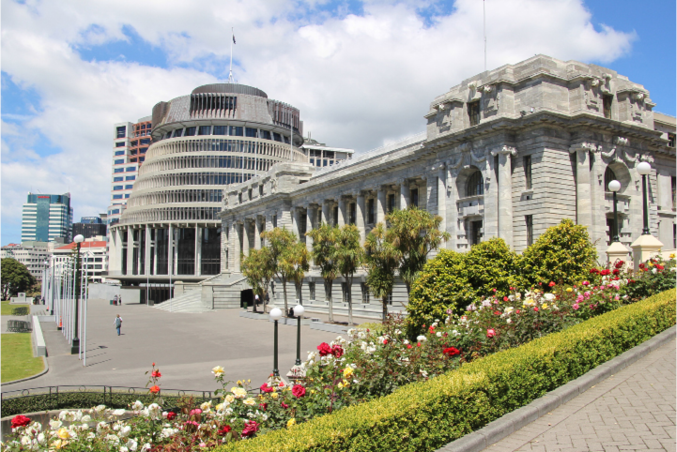Members are reminded that our old racks in Global Switch were turned off on Thursday 27th January 2022 at 4:30pm AEDT. If you had any cross connects to MMR3 Rack 4 or MMR2 Rack 48, please don’t forget to remove or relocate them. Let us know if you need any assistance by emailing us at peering@internet.asn.au








